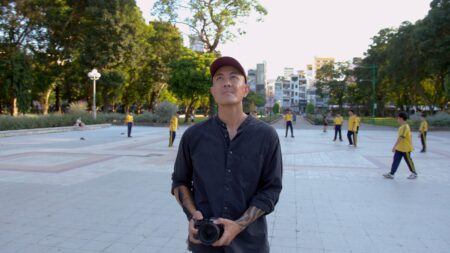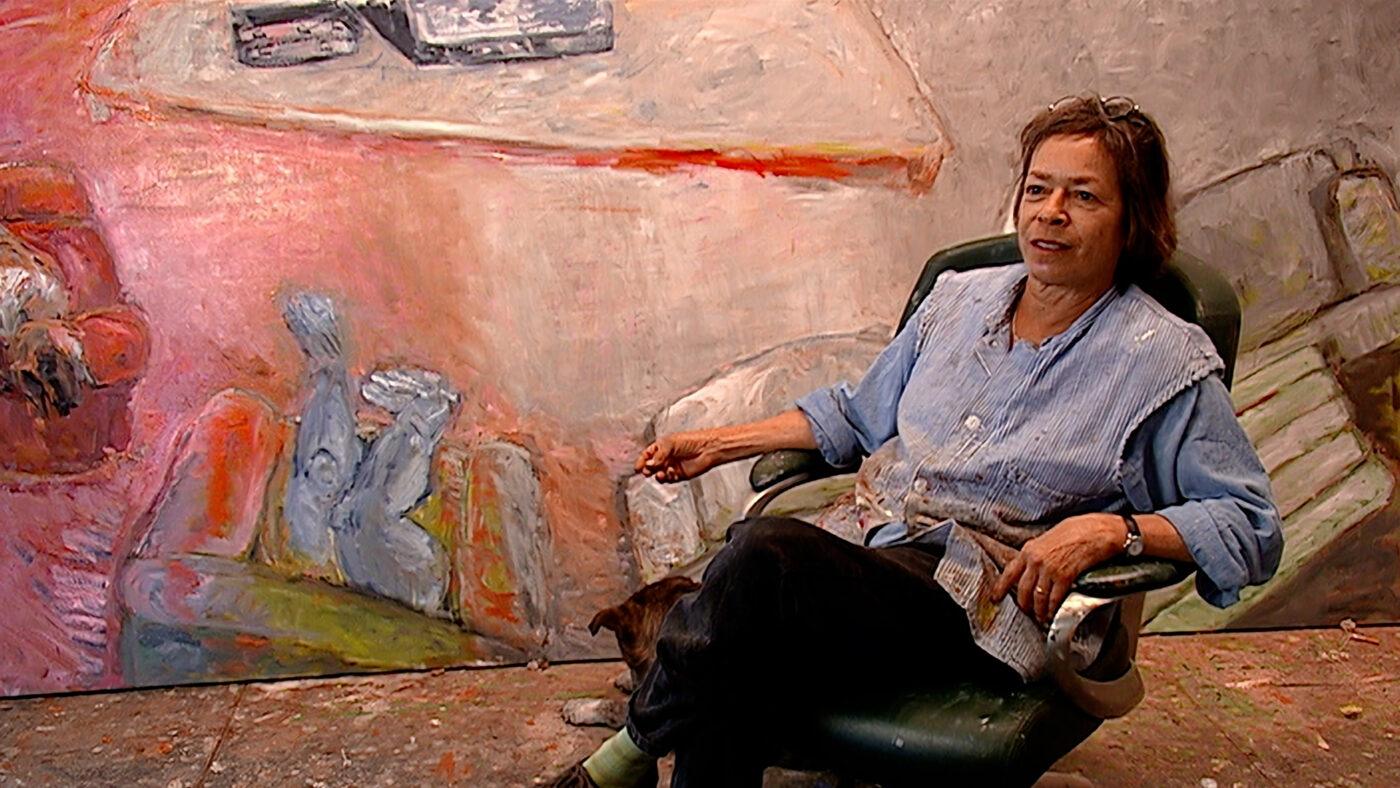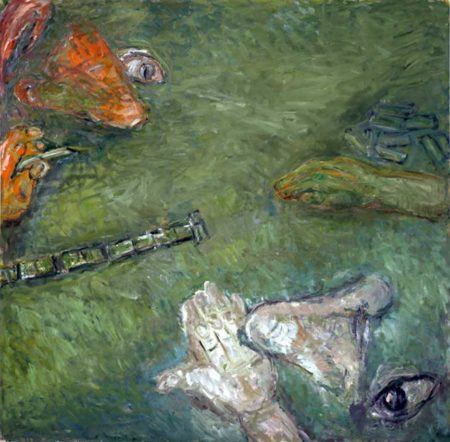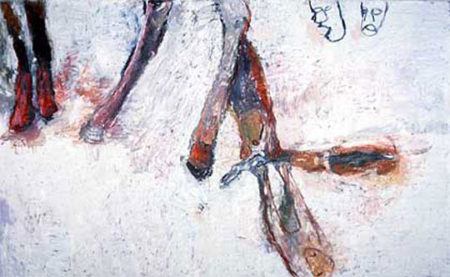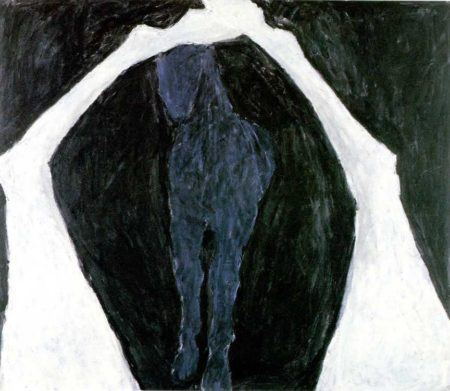Susan Rothenberg
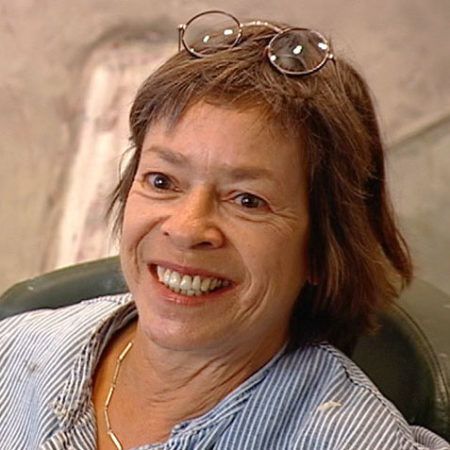
Susan Rothenberg was born in Buffalo, New York, in 1945. She received a BFA from Cornell University. Her early work—large acrylic, figurative paintings—came to prominence in the 1970s New York art world, a time and place almost completely dominated and defined by Minimalist aesthetics and theories. The first body of work for which Rothenberg became known centered on life-size images of horses. Glyph-like and iconic, these images are not so much abstracted as pared down to their most essential elements. The horses, along with fragmented body parts (heads, eyes, and hands) are almost totemic, like primitive symbols, and serve as formal elements through which Rothenberg investigated the meaning, mechanics, and essence of painting.
Rothenberg’s paintings since the 1990s reflect her move from New York to New Mexico, her adoption of oil painting, and her new-found interest in using the memory of observed and experienced events (a riding accident, a near-fatal bee sting, walking the dog, a game of poker or dominoes) as an armature for creating a painting. These scenes excerpted from daily life, whether highlighting an untoward event or a moment of remembrance, come to life through Rothenberg’s thickly layered and nervous brushwork. A distinctive characteristic of these paintings is a tilted perspective, in which the vantage point is located high above the ground. A common experience in the New Mexico landscape, this unexpected perspective invests the work with an eerily objective psychological edge.
Susan Rothenberg received a fellowship from the National Endowment for the Arts and the Skowhegan Medal for Painting. She has had one-person exhibitions at Museum of Fine Arts, Boston; Dallas Museum of Art; Hirshhorn Museum and Sculpture Garden, Washington, DC; Los Angeles County Museum of Art; Museum of Contemporary Art, Chicago; Walker Art Center, Minneapolis; and Tate Gallery, London; among others.
Rothenberg passed away in May 2020.
Videos 4
Read
Galleries
“In the paintings where it’s there—the tenderness—I work for it. I’m not afraid of it. If I could put my bleeding heart in there, I would.”
Susan Rothenberg
